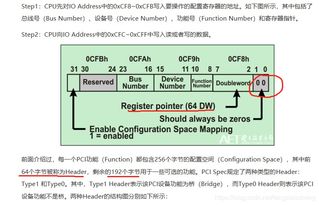
Bits en Bytes: A Comprehensive Guide to Understanding Digital Storage
Understanding the intricacies of digital storage is essential in today’s technology-driven world. Whether you’re a tech enthusiast, a professional, or just someone curious about how computers and devices store information, this guide will delve into the fascinating world of bits and bytes.
What are Bits?

At the heart of digital storage is the bit, the smallest unit of information in computing. A bit can represent one of two values: 0 or 1. This binary system is the foundation of all digital data storage and processing. Imagine a light switch: it’s either on (1) or off (0). Similarly, a bit is like a switch that can be either open or closed.
Bytes: The Building Blocks of Data

While bits are the fundamental units, bytes are the building blocks of data. A byte is made up of 8 bits. This grouping of bits allows for a wider range of values, from 0 to 255. This range is sufficient to represent a vast array of characters, including letters, numbers, and symbols. For example, the ASCII character set, which is widely used in computers, can be represented using a single byte.
| Bit | Value |
|---|---|
| 0 | 0 |
| 1 | 1 |
Bytes are crucial for storing and transmitting data efficiently. For instance, when you send an email, the message is broken down into bytes and transmitted over the internet. The recipient’s device then reassembles the bytes to reconstruct the original message.
Storage Units: Megabytes, Gigabytes, and Terabytes

As data storage needs have grown, so have the units used to measure storage capacity. Here’s a breakdown of some common storage units:
| Unit | Bits | Bytes |
|---|---|---|
| Bit | 1 | 0 |
| Byte | 8 | 1 |
| KB (Kilobyte) | 8,000 | 1,000 |
| MB (Megabyte) | 8,000,000 | 1,000,000 |
| GB (Gigabyte) | 8,000,000,000 | 1,000,000,000 |
| TB (Terabyte) | 8,000,000,000,000 | 1,000,000,000,000 |
These units are used to describe the storage capacity of various devices, such as hard drives, solid-state drives (SSDs), and USB flash drives. For example, a typical smartphone might have a storage capacity of 64GB, while a high-end gaming computer could have a terabyte (TB) of storage.
Understanding Data Transfer Rates
Data transfer rates are another important aspect of digital storage. They describe how quickly data can be read from or written to a storage device. Common data transfer rates are measured in bits per second (bps), kilobits per second (Kbps), megabits per second (Mbps), and gigabits per second (Gbps). Here’s a brief overview:
| Rate | bps | bps to Kbps | bps to Mbps | bps to Gbps |
|---|







